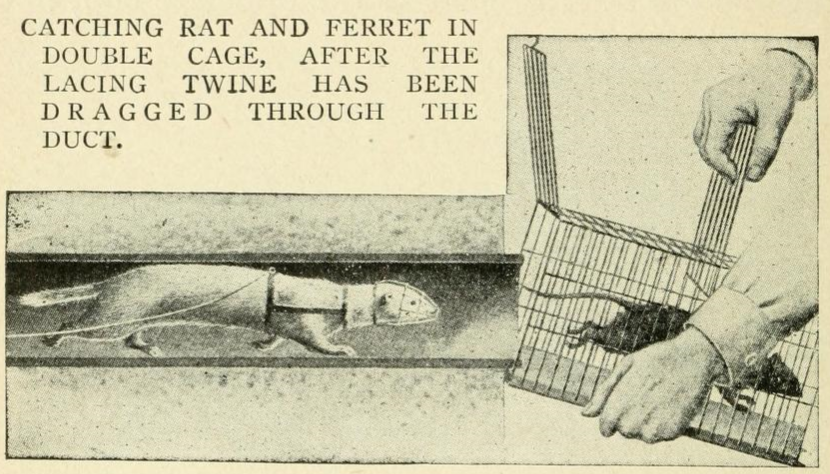The power consumption of particle accelerators and colliders has become a serious issue. Delivering larger beam energy or beam intensity implies using larger electrical power. The yearly consumption of CERN when the high energy research collider LHC is running reaches figure similar to a city of 250-300,000 people.
The future of accelerator physics, both for the high energy and the high intensity sectors, is at stake. Most researchers assume that the power “glass ceiling” is at the level of 300 MW, which will be nearly reached after the high luminosity LHC upgrade. Beyond that, the social, the financial and, even, the technological acceptance is questionable.
But, instead of being a road blocker, this challenge will lead to innovations. Implementing energy saving, recovery and recycling technologies as well as the injection of locally produced sustainable energies and their necessary storage for a large research infrastructure, is a major and unique opportunity to contribute to the energy R&D and to the energy future of the society. Many innovations generated by this highly demanding frontier research will find applications in the medical and industrial accelerator sector evaluated to 30-40000 units in the world.
There is a rich history of innovations born from research needs in space, bio-medical, IT or high-energy physics. But to make it happen, the scale of the project matters both in terms of human and financial investment and as a convincing oppotunity for the industry to engage heavily in R&D. Tackling the energy challenge opens doors to advanced collaborations with a flurry of industries far beyond those providing accelerator equipment as it was in the past.
The International Linear Collider, although certainly the less power hungry of the future projects, is the first to address from greenfield the energy issues. At the intensity frontier the European Spallation Source (ESS) is already proceeding in the same direction.
But, beyond energy consumption, the ILC project will have to confront other issues:
- Fast and reliable transports for equipment and people over a mountainous 30-50 km long site
- Surveillance and security monitoring and intervention over a large site
- Beam dumps management
- Air and water control and preservation
- High precision alignment and mitigation of earth vibration
- and much more…
But also:
- Governance and management of a global research project
- Urbanism and social life
- ILC at the center of a global city
All these challenges may boost innovation in technology or in social/human activities and, again, many may turn out to be valuable to the society at large. Who would have thought that addressing a mere documentation problem at CERN would have been the starting point of the Web revolution?
Several initiatives have been launched to bring together researchers, engineers and industry leaders in working groups to find and work out technology and engineering solutions and more will be needed to address the social and managment issues.
-
In Japan
 Advanced Accelerator Association Promoting Science & Technology (AAA, Japan)
Advanced Accelerator Association Promoting Science & Technology (AAA, Japan) -
In Europe
 Accelerator for Society (EU)
Accelerator for Society (EU)
 Test Infrastructure and Accelerator Research Area (Tiara, EU)
Test Infrastructure and Accelerator Research Area (Tiara, EU) -
In the US
 Accelerator for America’s future
Accelerator for America’s future
 Note added in proof:
Note added in proof:
 Sometimes ingenuity takes over high-tech innovation.
Sometimes ingenuity takes over high-tech innovation.
No robots !!
A ferret was kindly asked to make a round trip on the 27km LEP beam pipe to lay a wire then used to make sure the pipe was free of any leftover stuff like tools, cleaning wipe or the like.
 But this is an old technique known since ages.
But this is an old technique known since ages.